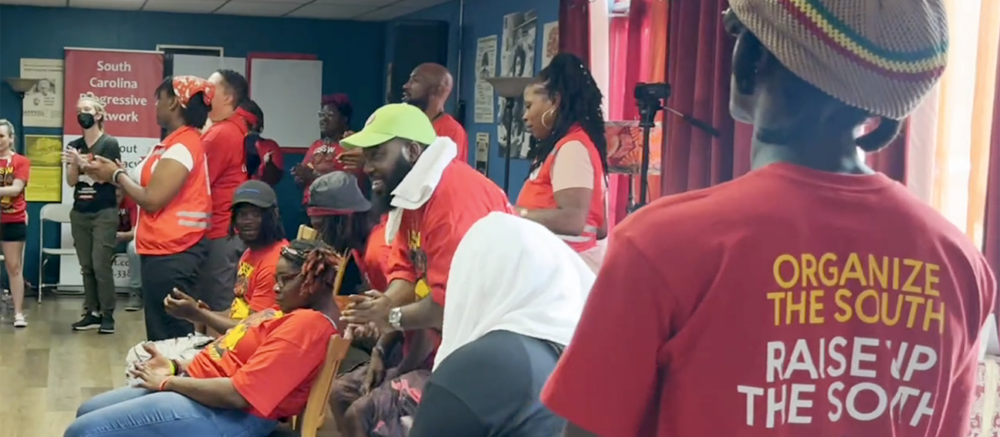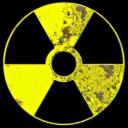Nuclear policy experts Bob Alvarez (Institute for Policy Studies) and Brent Blackwelder (Friends of the Earth) offered a peek at this country’s nuclear future at a seminar this afternoon at USC. And it looks pretty bleak.
The two talked about the wildly expensive (Bush wants to spend $405 million in fiscal year 2008) Global Nuclear Energy Partnership (GNEP) – a program that plans to render plutonium inert in nuclear weapons but still useful in nuclear power plants.
The GNEP program raises concern about the costs of radioactive wastes it would produce. Some were outlined in an Institute for Policy Studies report released on April 23. Directed by Alvarez, Senior Policy Advisor to the U.S. Secretary of Energy from 1993 to 1999, the report concludes that the program is likely to cost billions in taxpayer dollars on an unproven reprocessing technology that will generate unprecedented amounts of highly radioactive wastes without plausible disposition paths.
Alvarez’s study finds:
• The amount of long-lived radioactivity disposed into the environment at a reprocessing site could be thousands of times greater than from nuclear weapons production. Much smaller concentrations of similar wastes at the DOE’s Savannah River Site have been characterized by the National Academy of Sciences as representing “a long term safety concern.”
• GNEP would allow large quantities of cesium 135-a radionuclide with a half life of 2.3 million years-to be disposed in the near surface and pose serious contamination problems for many thousands of years.
• More than 4,000 shipments of spent nuclear reactor fuel will be transported on rails and highways to the reprocessing site, posing emergency response and security challenges.
• Despite DOE’s claims that recycling reactor spent fuel will solve the nuclear waste problem, a small fraction is likely to be recycled. Uranium constitutes more than 95 percent of the materials in spent nuclear fuel. But it will require costly treatment for reuse in reactors – estimated in the billions of dollars. So DOE’s plans include the landfill disposal of tens of thousands of tons of recovered uranium.
Alvarez’s study concludes that the Energy Department “lacks a credible plan for management and disposal of radioactive wastes stemming from the GNEP program, particularly regarding waste volumes, site specific impacts, regulatory requirements and life-cycle costs.”
Unfortunately, the seminar was largely attended by people who already understand the threat nuclear reprocessing poses. The room was filled with environmental activists, many with decades of work in the trenches. They have kept on top of an issue that is hard to understand and harder still to explain to others – much less move them to action. God bless ’em.
South Carolina is likely to be a major player in GNEP’s projected plans, Alvarez warns. We should all do our homework and be prepared to fight an industry that is as slick as it is dangerous.
Becci Robbins

